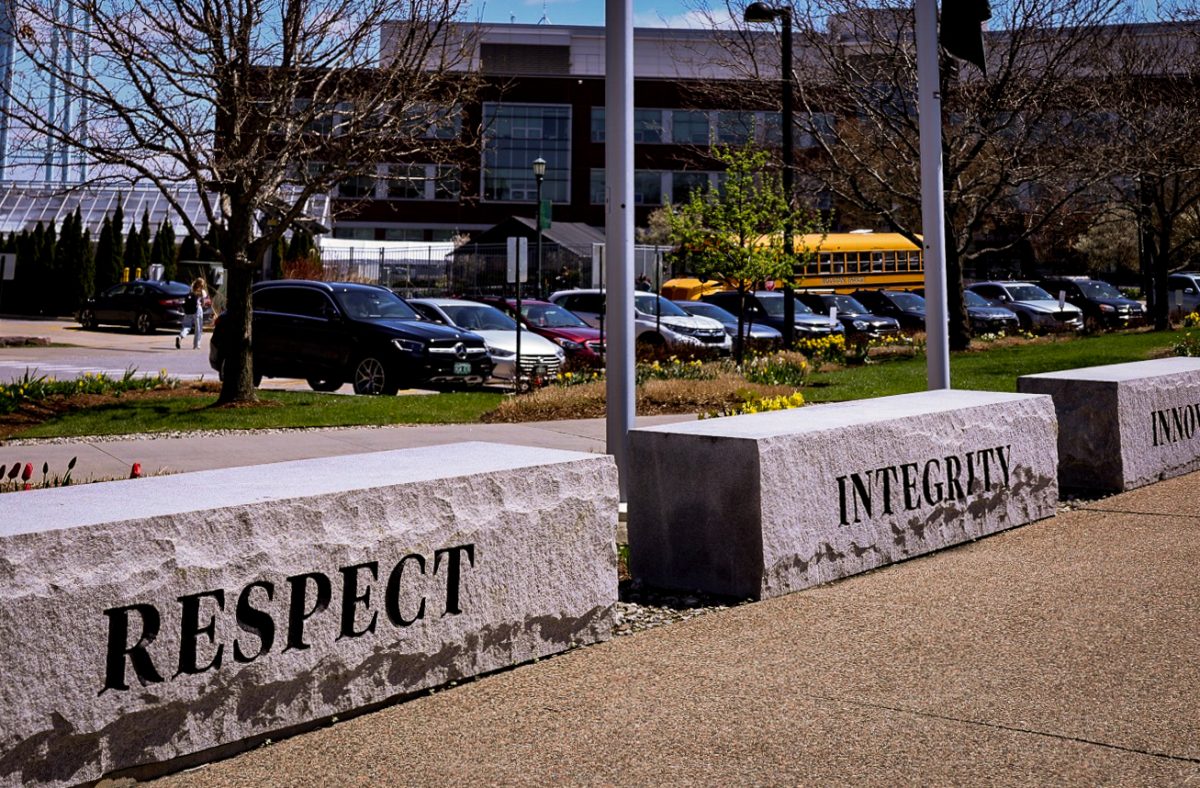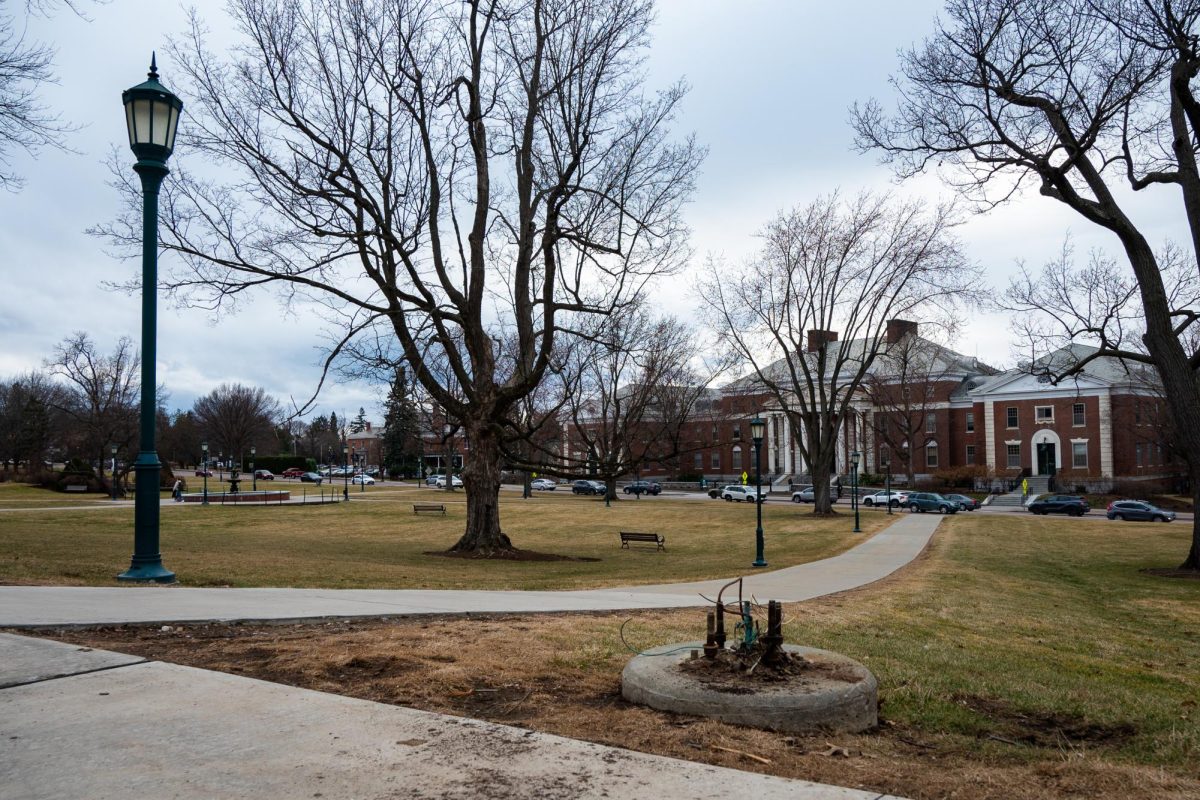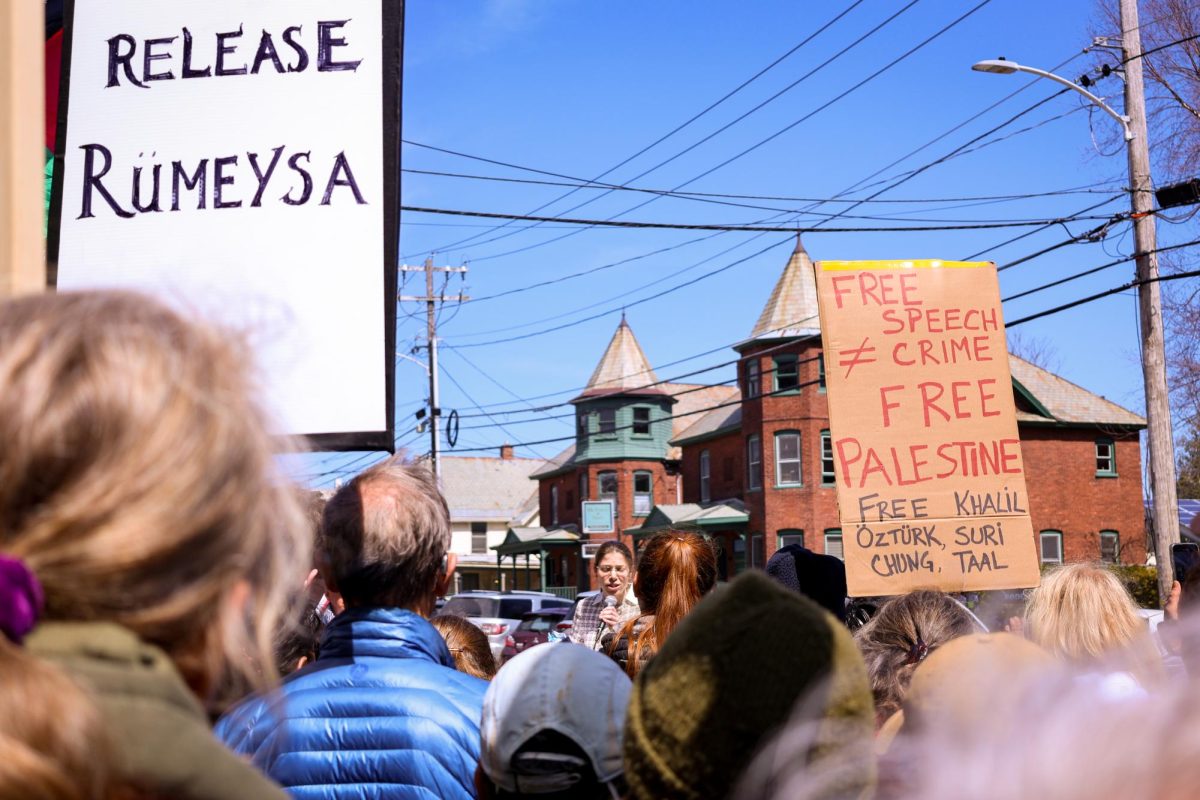For some students, the city of Burlington serves as an incredible backdrop for a college experience; the picturesque location coupled with the inviting community allows students from all walks of life to flourish. One quality that Burlington doesn’t boast, however, is an open rental housing market. The rental vacancy rate in Chittenden County in December 2010 was 1.4 percent—a far cry from the national average of 1.2 percent, according to a report by Allen Brooks & Associates, Inc. Apartment vacancies may be lower than that rate represents, a tweet by Chris Donnelly, director of community relations for the Champlain Housing Trust stated on Nov 4. “I just learned [Champlain Housing Trust] has just seven vacancies out of about 1,200 apts. in Chittenden County,” he tweeted. “Wow.” Burlington’s rental vacancy rate is far below that of a healthy market, resulting in comparatively high rent prices, said Brian Pine, assistant director for housing at Burlington’s Community and Economic Development Office (CEDO). “A balanced rental housing market is one where the vacancy rate is close to five percent—this ensures an adequate supply for consumers and enough demand to justify private investment,” Pine said. The primary reason for the low vacancy rate is the overwhelming number of college students seeking housing in the area, he said. “With over 4,000 UVM students and about 1,000 Champlain College students living in the community, there are simply not enough apartments available to meet the need,” Pine said. The rental housing scarcity isn’t a new phenomenon, Pine said. The vacancy rate has remained between one and two percent for the past 20 years, receiving only a brief reprieve when Redstone Apartments, which added 204 beds to the market, were built in the 1990s. Efforts to combat the low vacancy rate have been stymied by UVM’s enrollment boom over the past decade, during which time the student population increased by some 44 percent, he said. Keeping up with the demand created by UVM’s growth is difficult due to impediments to construction, Pine said. “The cost of land, labor and capital combined with a lengthy and costly local and state permit process are all barriers to more housing development,” he said. The imbalance between supply and demand in Burlington’s rental market has resulted in high rent prices and reduced housing quality, Pine said. The vacancy rate of a rental market greatly influences rent prices, he said. The average effective rent for a two-bedroom unit was about $1,000 last year, and the fair market rent for a one-bedroom apartment for fiscal year 2012 is $896, according to a report by the U.S. Department of Housing and Urban Development. Students seeking housing close to campus said they are even more disadvantaged by the discrepancy. A study commissioned by UVM in 1998 indicated that rent prices were 30 to 40 percent higher in areas closest to campus. Junior Carrie Wilkinson said that although her apartment on Greene Street isn’t the nicest, she chose it because the price was reasonable, and she was eager to sign a lease before the rental market dried up. “I decided on [my] apartment because it had a moderately priced rent, without utilities included,” Wilkinson said. “I also picked [my] apartment because a lot of places were being signed quickly, and my roommates and I were afraid we wouldn’t be able to find a decent place in time.” Wilkinson also said she had trouble finding an apartment within her price range that met her expectations. “A lot of the apartments I looked at weren’t worth the price tag,” she said. “Some were in a great location but were lacking in other areas like looks and what was included in the monthly rent.” Such a large increase of students in a short amount of time has made it difficult to keep up with the demand for off-campus student housing, but projects such as Spinner Place and Redstone lofts have given students more options. Junior David Bandler said that despite the unfavorable location, he opted to live at Spinner Place this year because the conditions are nice and the price was right. “It’s nice to pay a relatively low monthly rate that includes all utilities, and my apartment is nice compared to some of my friends’ apartments downtown,” he said. “Although the location isn’t the greatest, I like the ease of living that Spinner provides.”
Categories:
High price, higher stress
November 10, 2011
0
More to Discover







